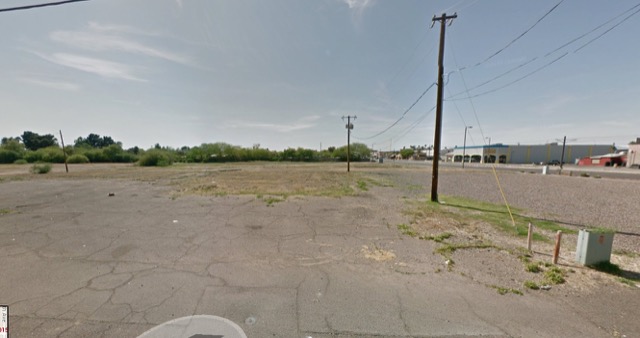On the same day that the Antiplanner debated rail transit with Vukan Vuchic, the Las Vegas Sun announced that transit planners there are once again studying light rail. Las Vegas is the nation’s third-largest urban area not to have spent large amounts of money on rail transit: Detroit has a people mover and is building a streetcar line; Tampa has a streetcar; and Las Vegas has a monorail connecting casinos, but none of these were megaprojects (and all should be considered failures).
Rather than pat themselves on the back for avoiding the cost headaches that come with light rail, the city’s Regional Transportation Commission is considering an $800 million light-rail line vs. a $350-million bus-rapid transit line. Officials should look at Denver, where the bus-rapid transit line provides faster service than any of the region’s rail lines; is the only line that didn’t have huge cost overruns and did greatly exceed ridership projections; and whose buses share space with cars so the line relieves congestion for everyone, not just a handful of train riders.
Professor Vuchic maintains that light rail is somehow essential for urban livability. Cities that built light rail, he said, created pedestrian friendly streets. On one hand, light rail kills three times as many pedestrians as buses, per billion passenger miles carried, so I don’t consider that very friendly. On the other hand, any actions that can be taken to create a pedestrian-friendly environment are completely independent of what kind of transit is provided. Continue reading








